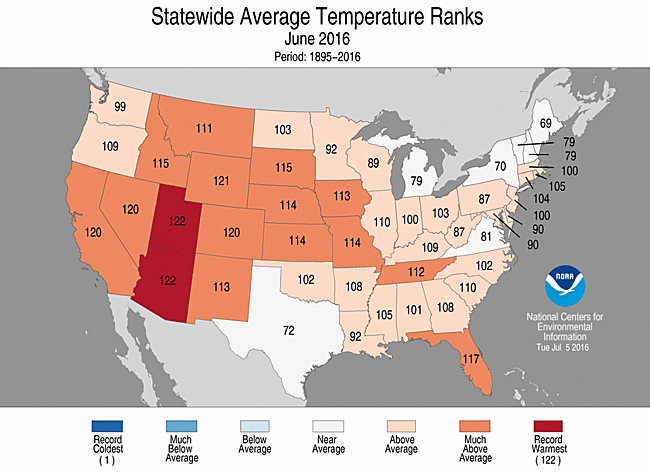Home –> Oil & Natural Gas Investing –> Natural Gas Investing
Intraday Natural Gas Quotes
Natural Gas ETFs
Natural Gas ETF Holdings
Natural gas ETFs such as UNG, BOIL, and UGAZ must hold futures contracts in order to track the commodity’s day-to-day changes. The funds must rollover these contracts a week or so prior to expiration in order to avoid taking delivery of physical product. The charts below show the current futures contract holdings of these products.
|
UNG Holdings:
The most popular and un-levereged Natural Gas ETF, UNG, rolls over about 1 week after its leveraged counterparts, completing the transition about 10 days prior to expiration of the front month contract.
Source:USCF Investments
|
UGAZ & DGAZ Holdings
The 3x leveraged ETFs, UGAZ and its inverse counterpart DGAZ, roll over earlier than UNG, completing the roll 15-20 days prior to expiration of the front-month contract.
Source:VelocityShares
|
Natural Gas Fair Price Analysis
|
|
What Is The Natural Gas Fair Price?
The “Fair Price” of natural gas is an estimate of a neutral valuation for natural gas based on the current gas surplus or deficit versus the 5-year average. The natural gas departure from average is compared to weeks in the previous 5 years with a similar surplus or deficit and calculating the average price of natural gas at those times. Because natural gas is valued not only by current supply and demand but by the predicted state of the market, this Fair Price calculation is performed based on projected storage levels on a weekly basis. This data is shown on the graph to the left. If the current Futures Price is below the Fair Price, the commodity is said to be undervalued with prices more likely to rally than pullback. If the Futures Price is above the Fair Price, the commodity is said to be overvalued with prices more likely to decline. The three most important periods include current inventories alone, four weeks from now which is the maximum range for temperature forecasts, and at the end of 8 months, which is the maximum period for which projections are available. Click HERE for more details regarding storage projections on my Natural Gas Storage page.
Storage-Period Specific Fair Price
|
Positions & Convictions Of Natural Gas Traders
|
Positions & Convictions Of Natural Gas Traders
The Commodity Futures Trading Commission (CFTC) releases data and analysis on natural gas option positions each Friday afternoon at around 3:30 pm EDT for the preceding Tuesday. This includes total open interest and breakdown of long and short contracts amongst money managers, all of which is shown below. One natural gas contract represents 10,000 MMBTU’s, or about $25,000. Source: Commodity Futures Trading Commission.
|
Open Interest
Open interest represents the total number of contracts that have not been settled or offset by delivery. A spike in open interest often precedes an increase in volatility as more money flows into the market. A declining open interest suggests that major traders are liquidating their positions, possibly heralding an end to whatever the current trend is. The data shown below includes open interest for all contracts traded, including money managers, producers, merchants, and swap dealers.
|
|
Long Vs Short Positions Of Money Managers
The data below shows a breakdown of open long contracts versus open short contracts among money managers.
|
% Of Contracts Held Long Among Money Managers
The chart below is a derivative of the chart to the left and shows the percentage of all outstanding contracts among money managers that are held on the long side.
|
Disclaimer: Natural Gas & Oil Storage Projections, Intraday Natural Gas Stats, Renewable Energy Stats, Morning Reports, and fundamental pricing models are released by Celsius Energy as experimental products. While they are intended to provide accurate, up-to-date data, they should not be used alone in making investment decisions, or decisions of any kind. Celsius Energy does not make an express or implied warranty of any kind regarding the data information including, without limitation, any warranty of merchantability or fitness for a particular purpose or use. See full Privacy Policy HERE.













